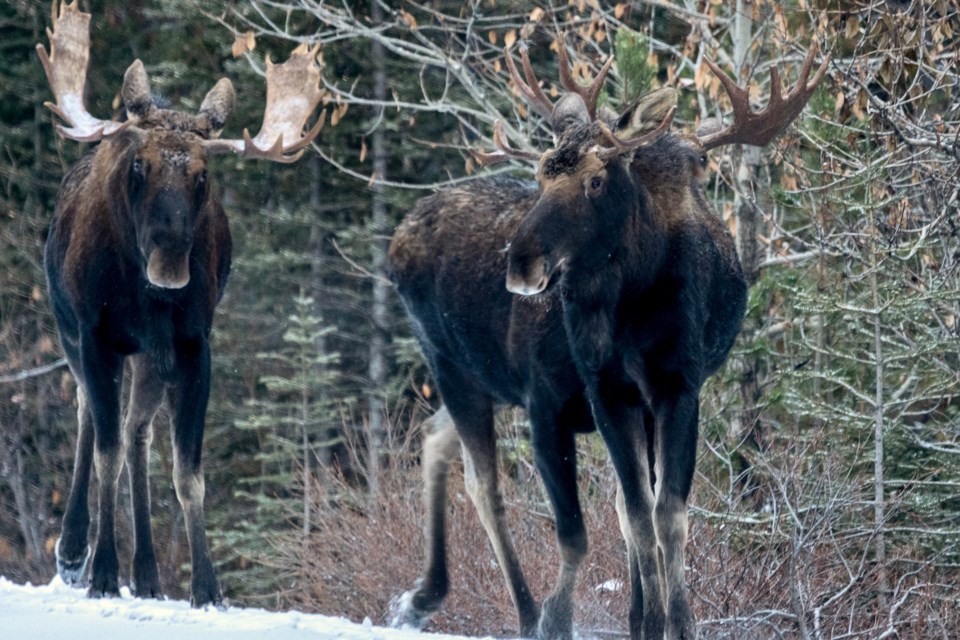Ian Stewart may need to cover up while pursuing his favourite outdoor passion this winter, but it won't be due to COVID-19.
"The only time I'd wear a mask out there is to protect my face from the cold," said the 67-year-old Edmonton photographer, adding, "There are no fears of social distancing."
Renowned Canmore photographer John Marriott – a mentor of Stewart’s – added that being able to brave the elements is crucial when shooting photos of wildlife in winter.
"I find some of the best pictures are taken during the worst weather,” he said.
However, Marriott said there are risks and stressed anyone heading off into the back country needs to be prepared for.
"Always carry a lighter, an emergency blanket, bear spray, a big knife, a (SAT) device and always carry an emergency kit in the vehicle. With that in mind and with good winter tires, do go out when the weather is bad, just take it slow and easy."
Stewart, who has attended wildlife photo workshops with Marriott, agreed and said winter wildlife photography keeps him in shape.
"You have to be reasonably fit to do this. It involves a fair amount of hiking plus gear. You can be on your feet for four or five hours.”
"Dress for the weather. You will likely have to hike through bush and uneven ground to get good photos. So a good parka, gloves, toque and boots are essential ... Carry extra memory cards and extra batteries since cold weather will drain your batteries quickly."
Once he’s prepared, there is no place Stewart would rather be – especially since COVID-19 hit.
"A huge benefit of shooting during a pandemic is you’re out in nature, in a beautiful setting, and you can enjoy yourself without the encumbrances of the pandemic."
Due to several factors, including cost, wildlife photography has not increased in popularity in 2020.
Marriott, who runs wildlife photography workshops and tours, has been affected by the shutdown.
"A lot of my tours and workshops were cancelled, which was a big hit on my own business,” he said.
Stewart, who operates his own home-based photography business, first started photographing animals in the wild during a grizzly bear trip to B.C. 12 years ago.
For anyone interested in shooting back country photos, Stewart says for those unable to attend a workshop, research is vital before picking up a camera.
"Figure out where you want to go and what wildlife you expect to see and when the best time to go is. Remember, it’s not just mammals – moose, bison, foxes, caribou or wolves – you might encounter. There is also the possibility of seeing birds like eagles and falcons as well as ducks and geese – those that don’t fly south, anyway."
When he is focused on his target, Stewart doesn’t let numbers creep into his mindset.
”Shoot as many frames as you think you need to. Pixels are cheap and you will likely never get the same shot twice, " he said.
One routine Stewart likes to follow is asking the park ranger for information about local wildlife.
"Most rangers are really happy to share their knowledge,” he said.
When asked to share his top tip, Stewart began with an emphatic one word answer: Patience!
“This is their backyard and they will appear when it suits them. The animals don’t care about accommodating someone with a big camera and lens."
Gary Poignant is a freelance writer and regular contributor to Great West Newspapers. This story was funded by the Google News Initiative.




